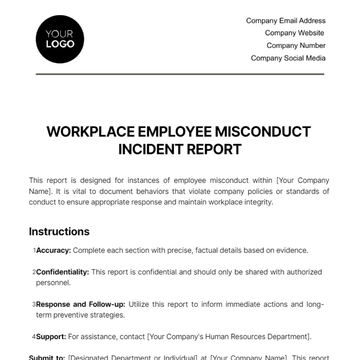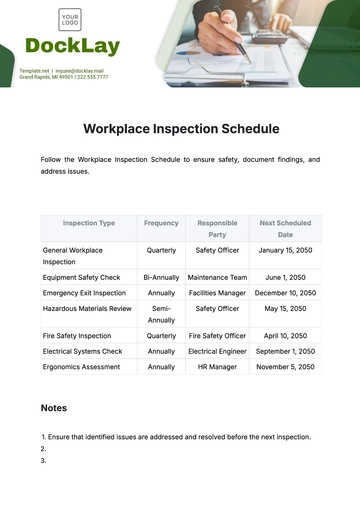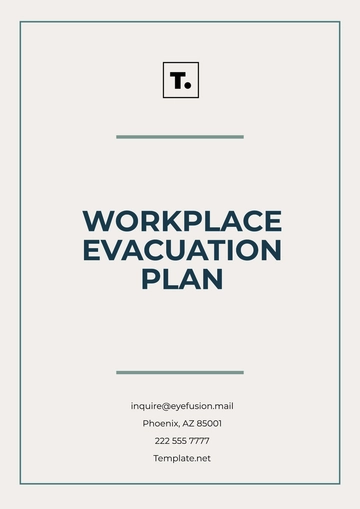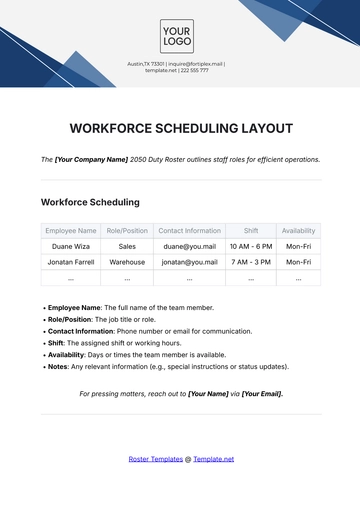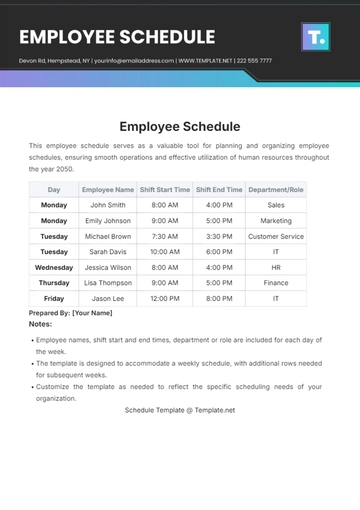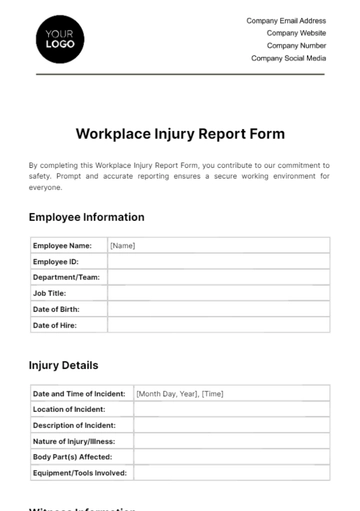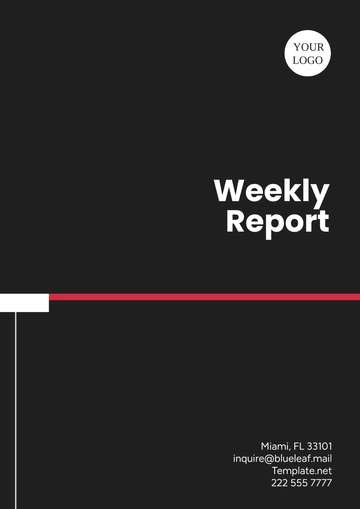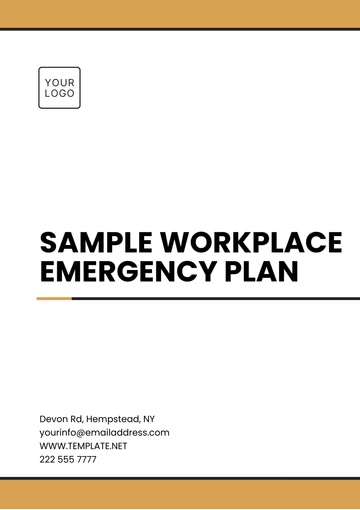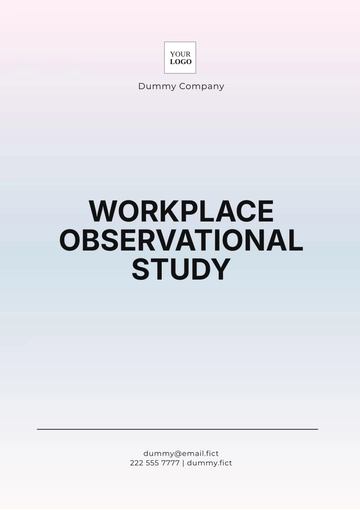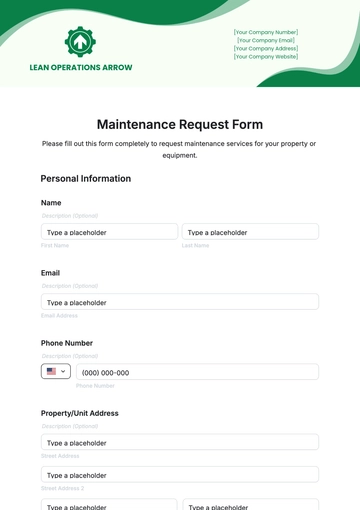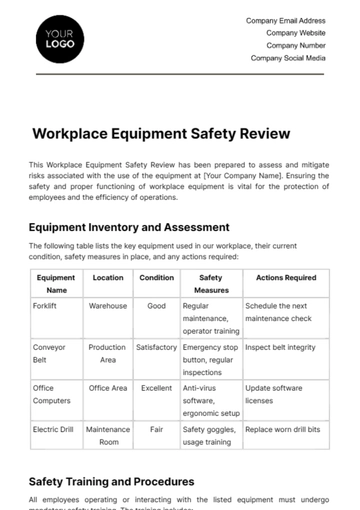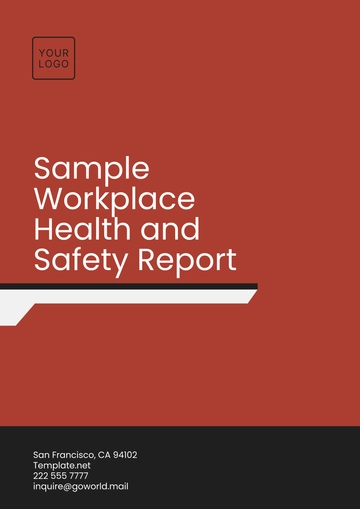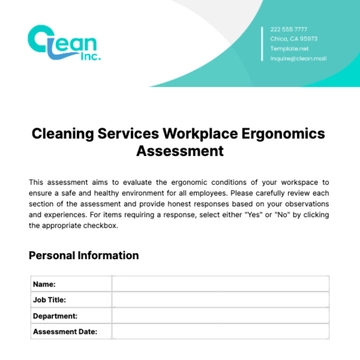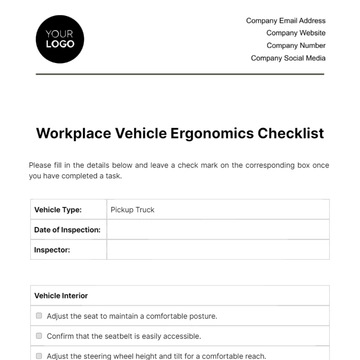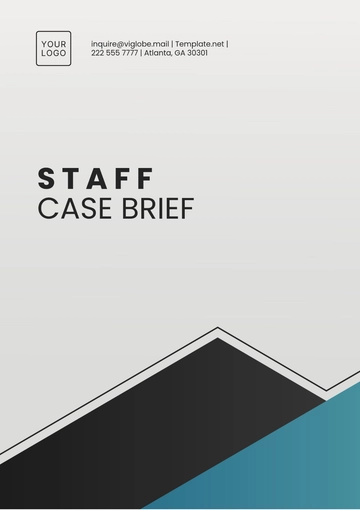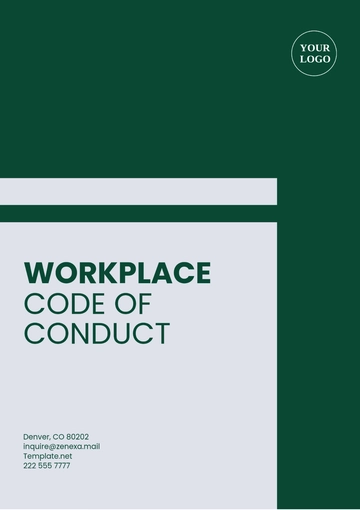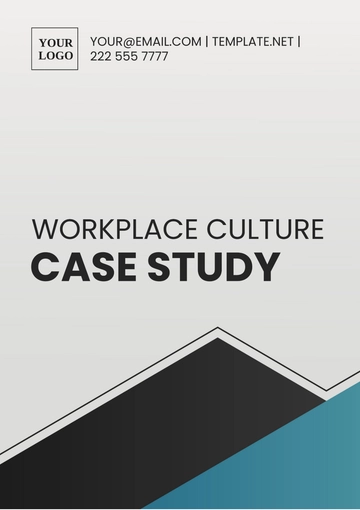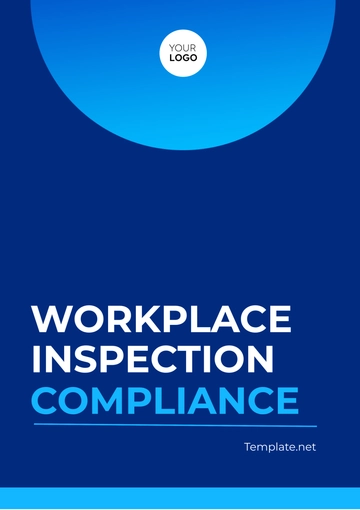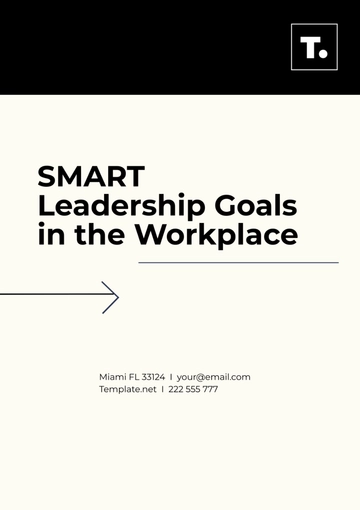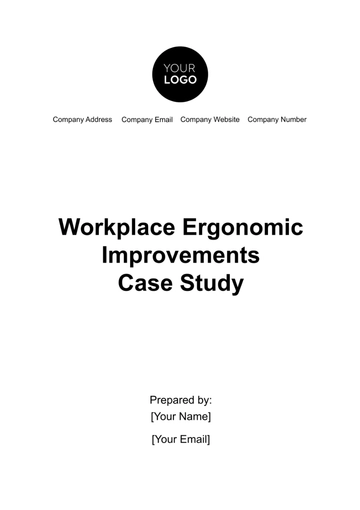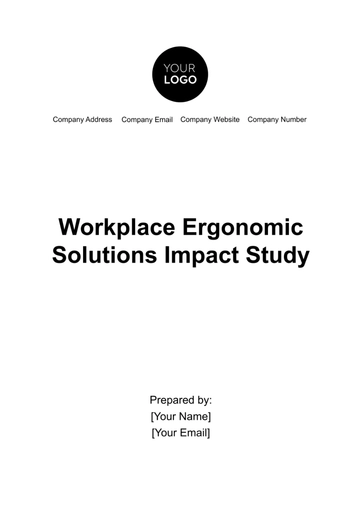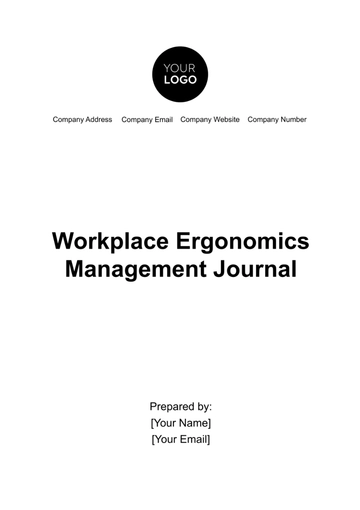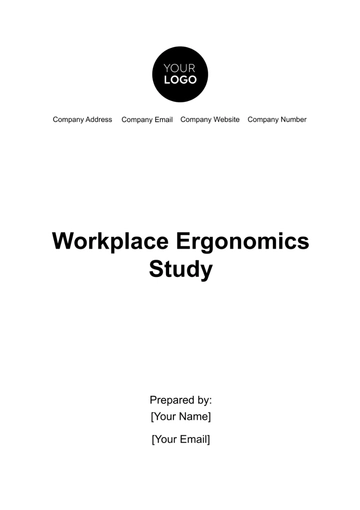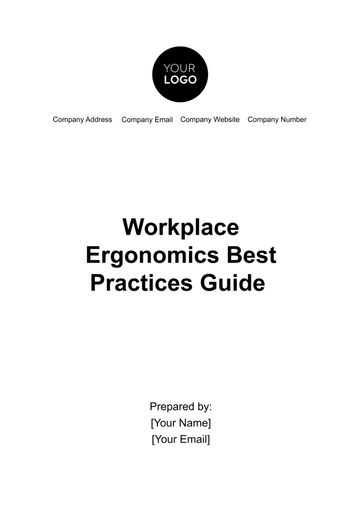Free Workplace Culture Case Study
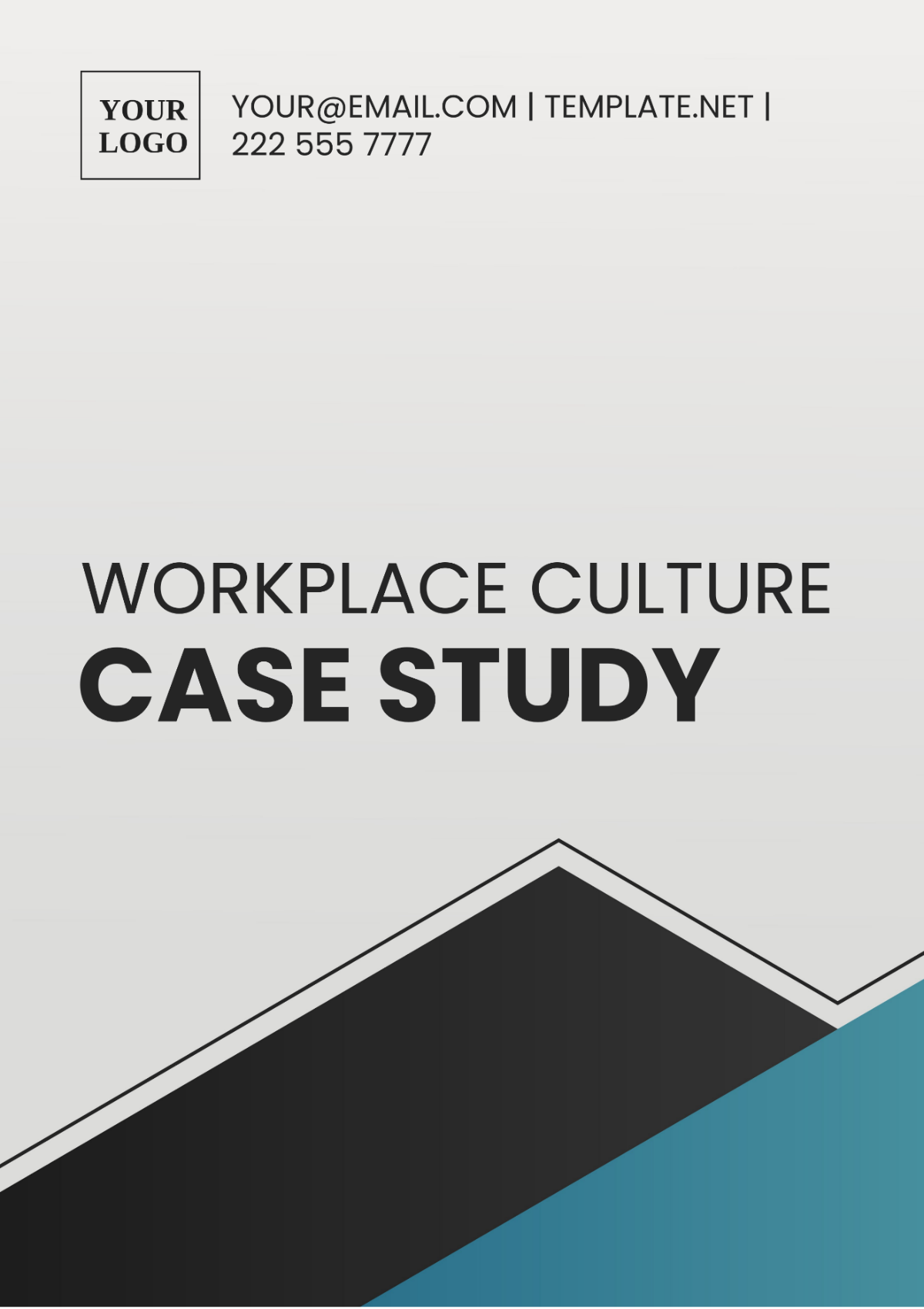
This case study was conducted by [YOUR NAME], a dedicated member of the [YOUR DEPARTMENT] at [YOUR COMPANY NAME]. This document reflects an in-depth analysis of the workplace culture at [YOUR COMPANY NAME] and explores various strategies implemented to enhance employee satisfaction and productivity. The goal is to provide actionable insights that can be adapted by other organizations aiming to cultivate a thriving workplace culture.
I. Introduction
The term "workplace culture" refers to the environment and ethos shared by people within an organization. At [YOUR COMPANY NAME], we recognize that a positive workplace culture not only enhances employee well-being but also significantly boosts performance and drives company growth. This case study aims to dissect the elements that contribute to our enviable workplace environment and how they align with our organizational goals and values.
Conducted by the [YOUR DEPARTMENT], this study gathers qualitative and quantitative data from various departments within [YOUR COMPANY NAME] to paint a comprehensive picture of our cultural dynamics. It includes feedback from leadership, focus group discussions with employees, and an analysis of workplace practices.
II. Objectives of the Study
Evaluate the current workplace culture at [YOUR COMPANY NAME].
Identify the key factors contributing to employee satisfaction and engagement.
Analyze the impact of current cultural practices on productivity and employee turnover.
Propose strategic improvements to foster an even more positive and productive workplace environment.
III. Methodology
Data for this study was collected using a multi-method approach to ensure a balanced perspective of the workplace culture at [YOUR COMPANY NAME]. The primary methods included anonymous employee surveys, one-on-one interviews with department heads, and observational studies of daily work practices. Surveys focused on aspects such as work-life balance, management effectiveness, and peer cooperation.
The study also leveraged existing company records and performance reports to analyze trends over the past five years. This longitudinal element of the study helps to track cultural shifts within [YOUR COMPANY NAME] and correlate them with changes in company policies and global workplace trends.
IV. Findings
Aspect | Satisfaction Level (%) | Impact on Productivity |
|---|---|---|
Work-Life Balance | 85 | Highly Positive |
Peer Cooperation | 78 | Positive |
Management Effectiveness | 68 | Moderate |
The findings from the study reveal a generally positive outlook on the existing workplace culture at [YOUR COMPANY NAME]. Particularly, areas such as work-life balance and peer cooperation are highly valued by employees. However, there is room for improvement in management effectiveness, which, despite being satisfactory, shows potential for further enhancement.
V. Recommendations
Based on the study's findings, several strategic recommendations can be made to further enrich the workplace culture at [YOUR COMPANY NAME]. For instance, enhancing managerial training programs can address some of the concerns related to management effectiveness. Additionally, introducing more flexible work arrangements could maintain or even increase the already high satisfaction with work-life balance.
Further incorporating technology that facilitates collaboration and simplifies workflows could also significantly boost productivity and peer cooperation. Committing to regular reviews of workplace practices and continuous feedback mechanisms will ensure these strategies remain aligned with employee needs and global best practices.
VI. Conclusion
This case study underscores the integral role that an adaptive, inclusive, and well-managed workplace culture plays in the success of [YOUR COMPANY NAME]. By continuously striving to understand and enhance our workplace environment, we can ensure that our organization remains a dynamic and appealing place to work, capable of attracting and retaining top talent while driving sustainable growth.
Ultimately, the investment in maintaining a robust workplace culture is an investment in every member of [YOUR COMPANY NAME], and is foundational to our collective success.
Prepared By:
[Your Name]
[Your Position]
[Your Department]
Contact Details:
[Your Email]
[Your Company Name]
[Your Company Address]
- 100% Customizable, free editor
- Access 1 Million+ Templates, photo’s & graphics
- Download or share as a template
- Click and replace photos, graphics, text, backgrounds
- Resize, crop, AI write & more
- Access advanced editor
Unlock the potential of your workplace with our comprehensive Workplace Culture Case Study Template, brought to you by Template.net. Crafted to perfection, this customizable, downloadable, and printable template offers a structured framework for analyzing and enhancing your organizational culture. Seamlessly editable in our AI Editor Tool, it empowers you to tailor the content to your unique requirements effortlessly.
